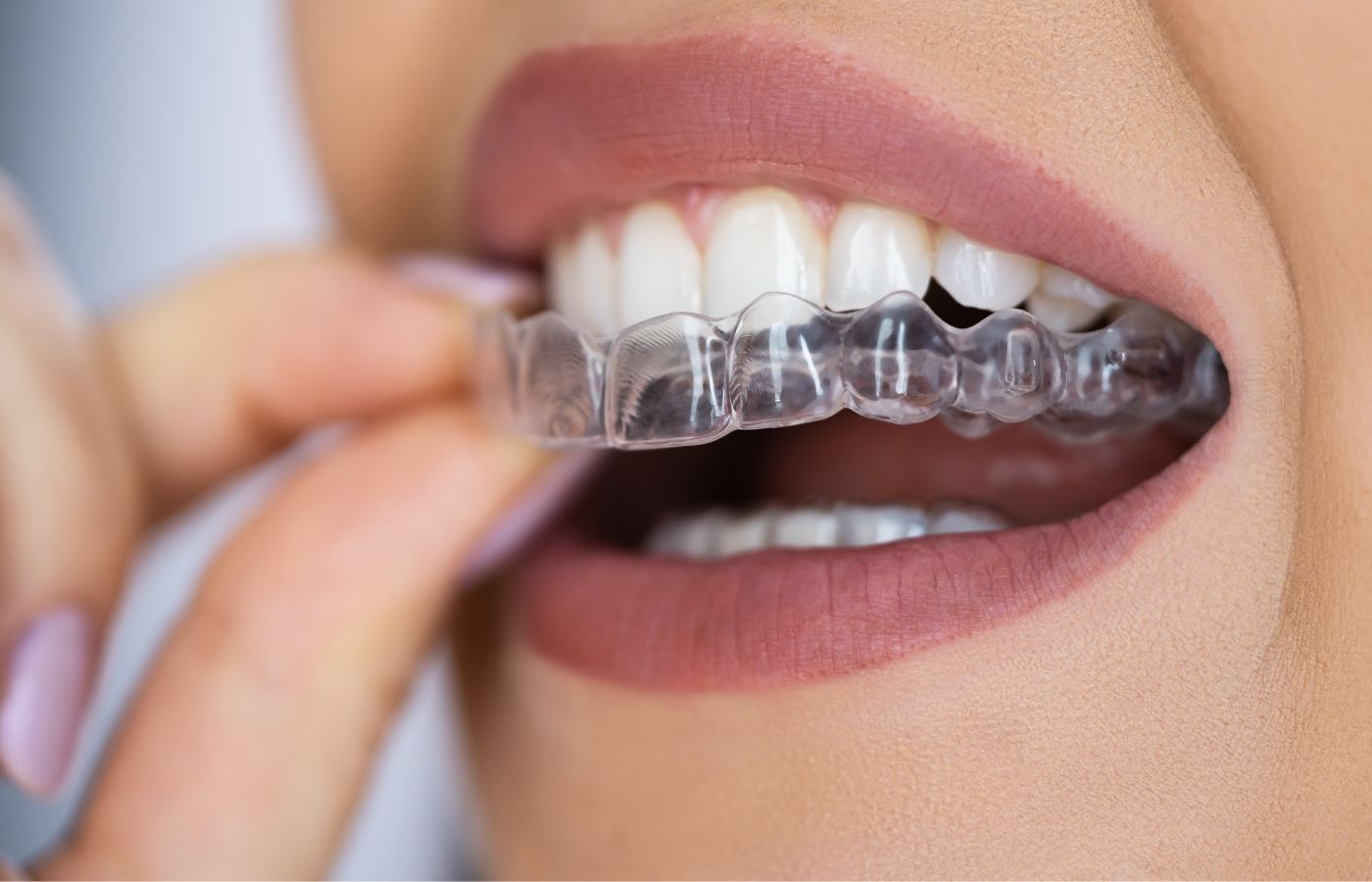
Oral health is an intimate part of daily life, yet it is perpetually shrouded in a fog of misconceptions passed down through generations, perpetuated by misinformed online chatter, or simply arising from oversimplified advice. These enduring pieces of dental mythology, often framed as common sense, can lead individuals down pathways of oral care that are not only ineffective but sometimes actively detrimental to the health of their teeth and gums. A crucial step toward genuine preventive care is to systematically dismantle these deeply held, often comforting, falsehoods and replace them with the evidence-based realities of modern dentistry. We must look beyond the simple, catchy maxims and embrace the nuanced biologies and mechanics of the oral cavity. Understanding what is truly a myth, as opposed to a proven fact, is fundamental to maintaining a resilient and problem-free smile throughout one’s life.
The idea that applying greater force equates to a superior clean is a widely held fallacy…
One of the most damaging pieces of conventional wisdom is the notion that when it comes to toothbrushing, more aggression yields better results. The idea that applying greater force equates to a superior clean is a widely held fallacy that, in practice, causes a tremendous amount of irreversible damage. The outer layer of the tooth, the enamel, is the hardest substance in the human body, but it is not impervious to constant, misguided abrasion. Brushing with a hard-bristled brush or applying excessive pressure with any brush type is a direct path to enamel erosion, slowly wearing away this protective shield. Furthermore, aggressive horizontal scrubbing can traumatize the delicate gum tissue, causing it to recede and exposing the softer, more sensitive root surfaces of the teeth. This exposure not only leads to significant tooth sensitivity but also makes the teeth more vulnerable to decay where the enamel shield is absent. Effective brushing is not about force; it is a mechanical process requiring a soft-bristled brush, a gentle circular motion, and attention to technique, positioning the brush at a 45-degree angle toward the gum line to gently clean the entire tooth surface without causing tissue damage.
…it is not accurate to claim that sugar is the sole agent responsible for the onset of dental decay.
While the public health message surrounding sugar consumption and cavities is undeniably important, it is not accurate to claim that sugar is the sole agent responsible for the onset of dental decay. The real issue is far more complex and involves the interaction of specific types of oral bacteria, fermentable carbohydrates, and the duration of their contact with the tooth surface. The bacteria in the dental plaque on our teeth feed on any simple carbohydrate—which includes the sugars in candy, soda, and pastries, but also the metabolized sugars from starchy foods like bread, rice, and potato chips. When these bacteria consume the carbohydrates, they produce highly acidic byproducts. It is this acid, not the sugar itself, that leaches essential minerals from the tooth enamel in a process called demineralization, leading to a cavity over time. The frequency of consuming these acid-producing foods and drinks, which dictates how often the mouth is exposed to an acidic environment, is often a more critical factor than the total quantity of sugar consumed. Snacking frequently on starches can be just as damaging as an occasional sugary treat, especially if oral hygiene is neglected.
The pervasive anxiety surrounding root canal therapy is largely a relic of decades past…
The pervasive anxiety surrounding root canal therapy is largely a relic of decades past, fueled by outdated experiences and cinematic exaggerations of dental pain. The common myth asserts that a root canal procedure is an inherently agonizing experience, when in fact, the purpose of the modern procedure is precisely the opposite: to relieve the severe pain caused by an inflamed or infected dental pulp. With the use of highly effective local anesthetics, a contemporary root canal is often no more uncomfortable than having a routine deep filling performed. The procedure involves carefully cleaning out the infected tissue and bacteria from the canals within the tooth’s root and sealing the space to prevent reinfection, thereby saving a natural tooth that would otherwise require extraction. A related and equally dangerous myth is the belief that extraction is always a superior or simpler alternative. While extraction is an option, preserving the natural tooth with a root canal maintains the proper bite alignment, prevents the shifting of neighboring teeth, and avoids the cost and complexities associated with prosthetic replacement, such as bridges or dental implants, making it the preferred, health-preserving choice.
…they do not automatically carry a mandate for surgical intervention.
Wisdom teeth, or third molars, have earned an almost mythical status in oral folklore, with many people operating under the belief that they are universally problematic and must be removed preemptively in late adolescence. While it is true that these final molars frequently become impacted, misaligned, or difficult to clean, leading to pain, decay, and infection, they do not automatically carry a mandate for surgical intervention. If a wisdom tooth fully erupts into a functional position, aligns correctly with the opposing arch, and is maintained with adequate oral hygiene, it can remain in the mouth indefinitely without causing any issues. The decision for removal is a highly individualized one, determined by X-ray evidence and clinical assessment of factors such as the potential for impaction, risk of crowding the adjacent teeth, or the presence of non-restorable decay. Prophylactic removal, or extracting healthy teeth simply because they might someday cause a problem, is not a universally accepted standard of care and should only be undertaken after a careful, personalized risk assessment by a qualified dental professional.
It cannot perform the necessary mechanical friction to effectively disrupt the bacterial film known as plaque.
Despite its convenience and the fresh feeling it provides, using mouthwash as a substitute for brushing and flossing is a flawed dental strategy. Mouthwash can certainly offer temporary benefits, such as rinsing away loose debris, neutralizing odorous compounds to combat bad breath, and delivering antiseptic agents or fluoride to the oral environment. However, it cannot perform the necessary mechanical friction to effectively disrupt the bacterial film known as plaque that adheres tenaciously to the tooth surfaces and resides in the tight, protected spaces between teeth and under the gumline. Plaque is the primary cause of both dental decay and periodontal disease, and its removal requires the physical action of toothbrush bristles and dental floss. Rinsing with mouthwash is merely a helpful adjunct—a supplement to the main cleansing event—and relying on it exclusively is akin to washing dishes by simply spraying them with water; the surface-clinging residue remains untouched.
The physical act of chewing, irrespective of the gum’s composition, stimulates the flow of saliva…
A related misconception is that chewing sugar-free gum after a meal is an acceptable alternative to brushing. While it is true that the physical act of chewing, irrespective of the gum’s composition, stimulates the flow of saliva, this benefit is often misunderstood. Saliva is, in fact, the mouth’s natural defense mechanism, possessing buffering agents that help neutralize the acids produced by plaque bacteria and minerals that contribute to the remineralization of enamel. Chewing sugar-free gum, particularly those containing xylitol, leverages this natural process by boosting salivary flow, which helps to wash away food particles and rapidly buffer the oral pH. However, much like mouthwash, gum lacks the capability to mechanically scrape away the sticky, organized plaque film. It cannot effectively reach the complex contours of the tooth surface, nor can it navigate the tight interproximal spaces where decay and gum disease often initiate. Therefore, while chewing gum can be a good interim measure when brushing is impossible, it should never be considered a full replacement for the gold standard of daily brushing and flossing.
…the idea that a tooth’s color is a direct, infallible indicator of its underlying health is a simplification…
In an era obsessed with aesthetic perfection, the myth that whiter teeth are inherently healthier teeth has gained significant traction. While teeth that are visibly stained or neglected are often unhealthy, the idea that a tooth’s color is a direct, infallible indicator of its underlying health is a simplification that ignores genetics and natural biology. The natural shade of a person’s teeth is largely determined by the thickness and translucency of the outer enamel layer, which allows the color of the underlying, naturally yellowish dentin to show through. This natural hue varies significantly among individuals. A person can have perfectly white teeth due to genetics, yet still harbor hidden interproximal cavities or early stages of gum disease. Conversely, teeth that have a naturally darker or more yellow-tinted shade, or those that have darkened slightly with age, can be entirely free of decay and possess robust, healthy supporting structures. Oral health is fundamentally about the integrity of the enamel, the absence of infection, and the stability of the gums and bone, not the superficial brightness of the tooth structure.
…the belief that a damaged tooth must always be protected with a full-coverage crown is frequently an outdated piece of advice.
With the continuous advancements in dental materials and adhesive techniques, the belief that a damaged tooth must always be protected with a full-coverage crown is frequently an outdated piece of advice. For a long time, the crown was the default restorative solution for a tooth that had sustained significant damage from decay or fracture. While crowns remain a robust and necessary solution in many instances, modern dentistry emphasizes a more minimally invasive approach known as biomimetic dentistry. New, highly bonded ceramic or composite onlays and inlays can restore a significant portion of a damaged tooth while preserving more of the original, healthy tooth structure compared to a crown, which requires substantial reduction of the entire tooth circumference. These partial coverage restorations often provide excellent strength, longevity, and aesthetics while reducing the risk of complications associated with aggressive tooth preparation, challenging the automatic assumption that the most extensive restoration is automatically the strongest or best choice.
It suggests that once the tooth is mature, the need for regular professional intervention decreases…
Another pervasive myth, particularly among adults, is the notion that as long as a person experiences no pain, they can safely skip their routine dental check-ups and cleanings. This assumption, deeply rooted in the idea of reactive, rather than preventive, healthcare, is particularly dangerous. It suggests that once the tooth is mature, the need for regular professional intervention decreases, which is fundamentally untrue. Many serious dental problems, most notably periodontal disease and early-stage decay, are often completely asymptomatic in their initial, highly treatable phases. A dental professional uses specialized tools and X-rays to detect these silent issues—calculus buildup below the gumline, small lesions between teeth, or incipient signs of bone loss—long before they cause discomfort. Waiting for pain to appear means that the issue has progressed to a point that requires more invasive, costly, and complex intervention, such as a root canal, extraction, or extensive gum surgery, confirming that the silent absence of pain is not a reliable indicator of health.
…it is a complex biological reality that requires vigilance and continuous, informed effort.
Ultimately, the body of dental mythology underscores a persistent human desire for simple, easy answers to complex problems. It is much easier to believe a quick rinse or an avoidance of one specific food item is the key to perfect oral health than to commit to the daily mechanical labor of proper brushing and flossing. Oral hygiene is not a matter of following a few simple tricks or superstitions; it is a complex biological reality that requires vigilance and continuous, informed effort. Moving past these enduring myths allows for a more effective partnership between the patient and the dental provider, substituting fear and misinformation with the empowerment that comes from accurate, science-based knowledge.
